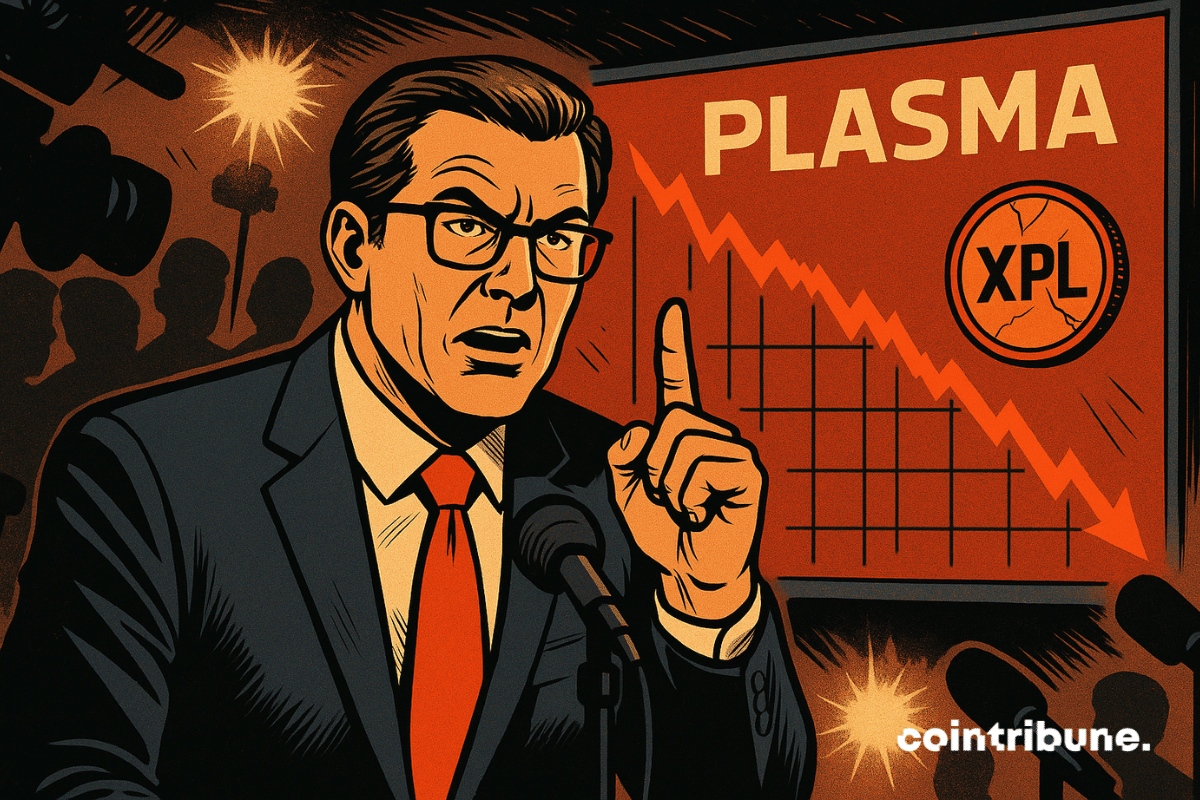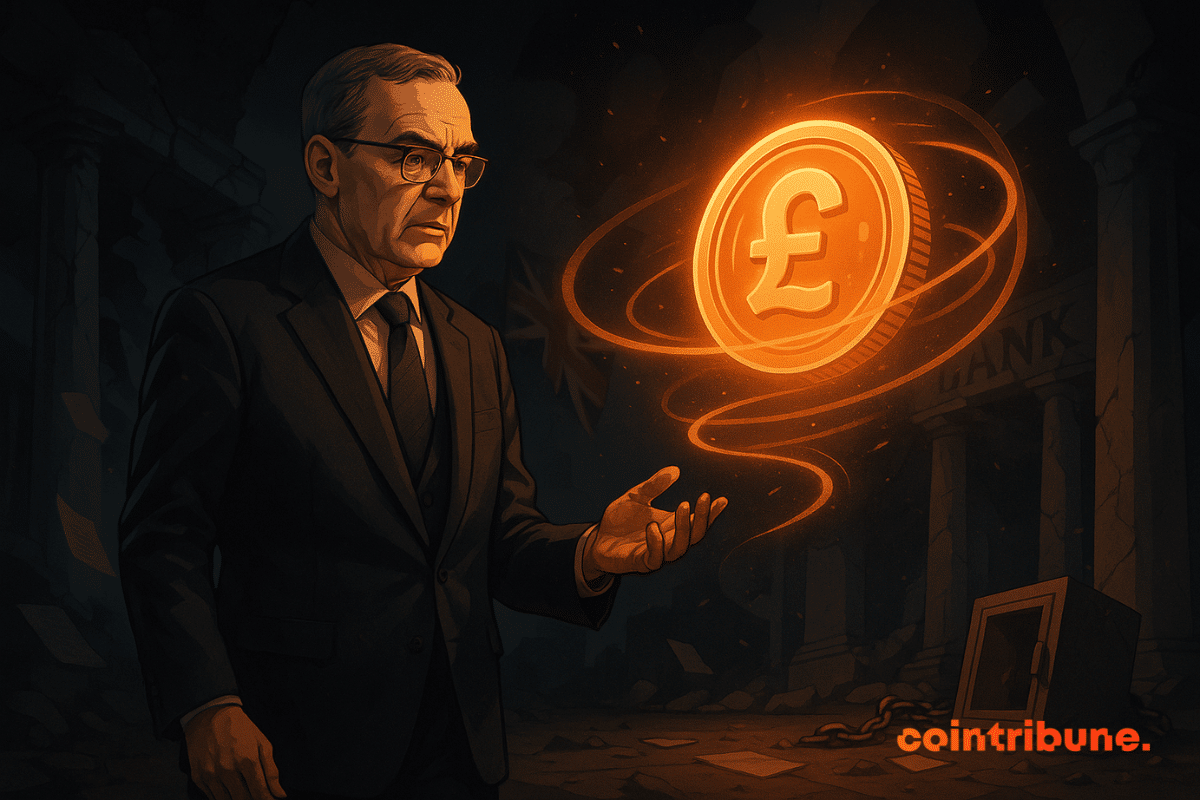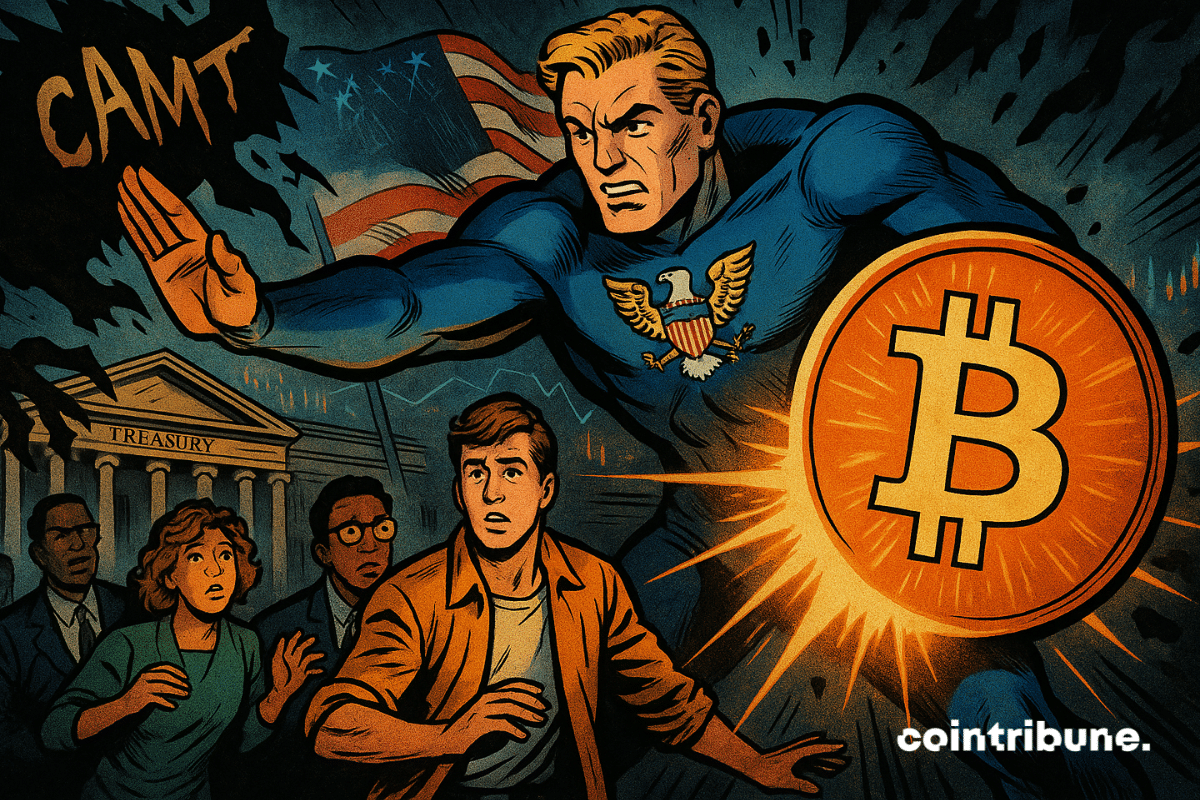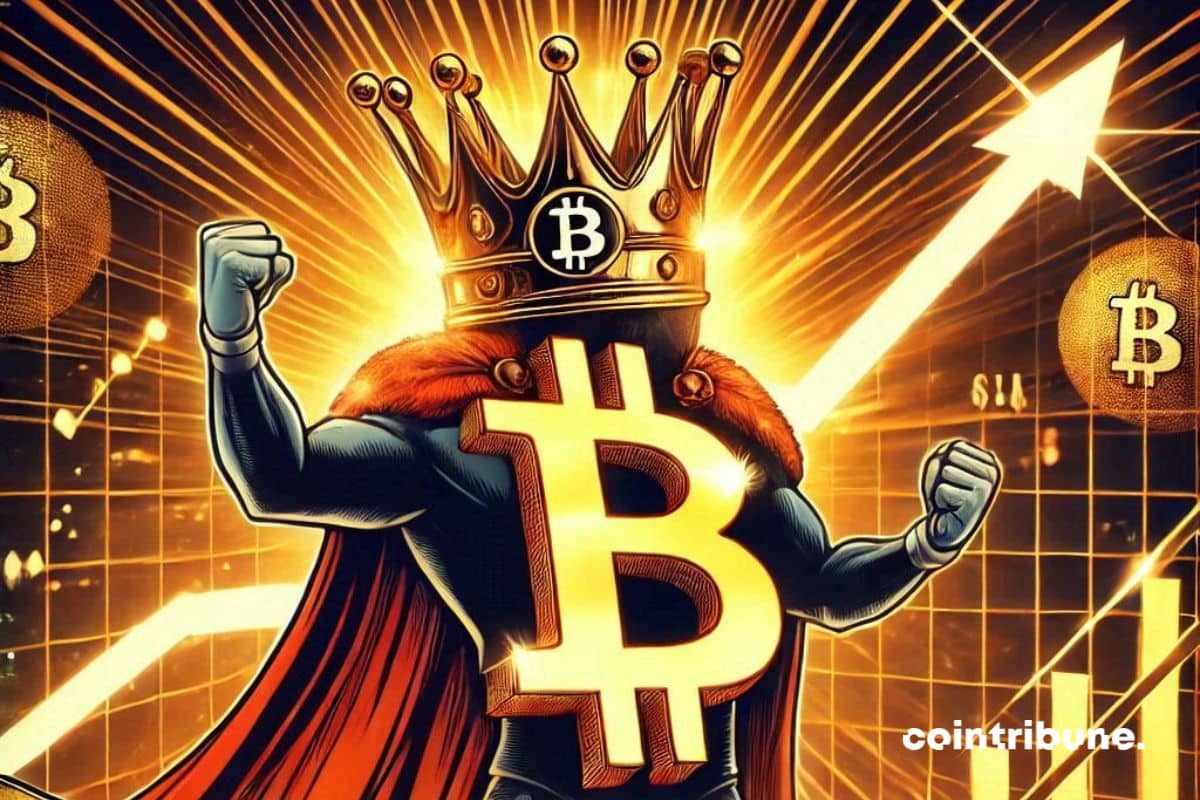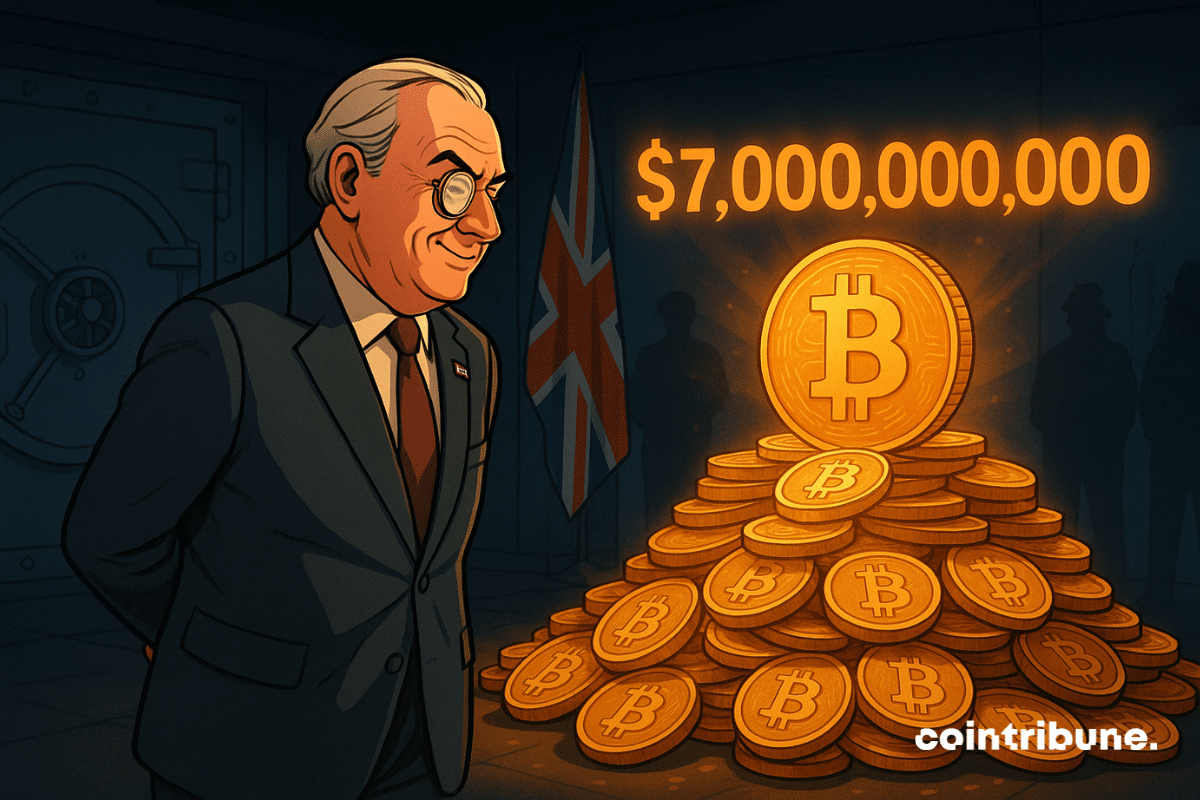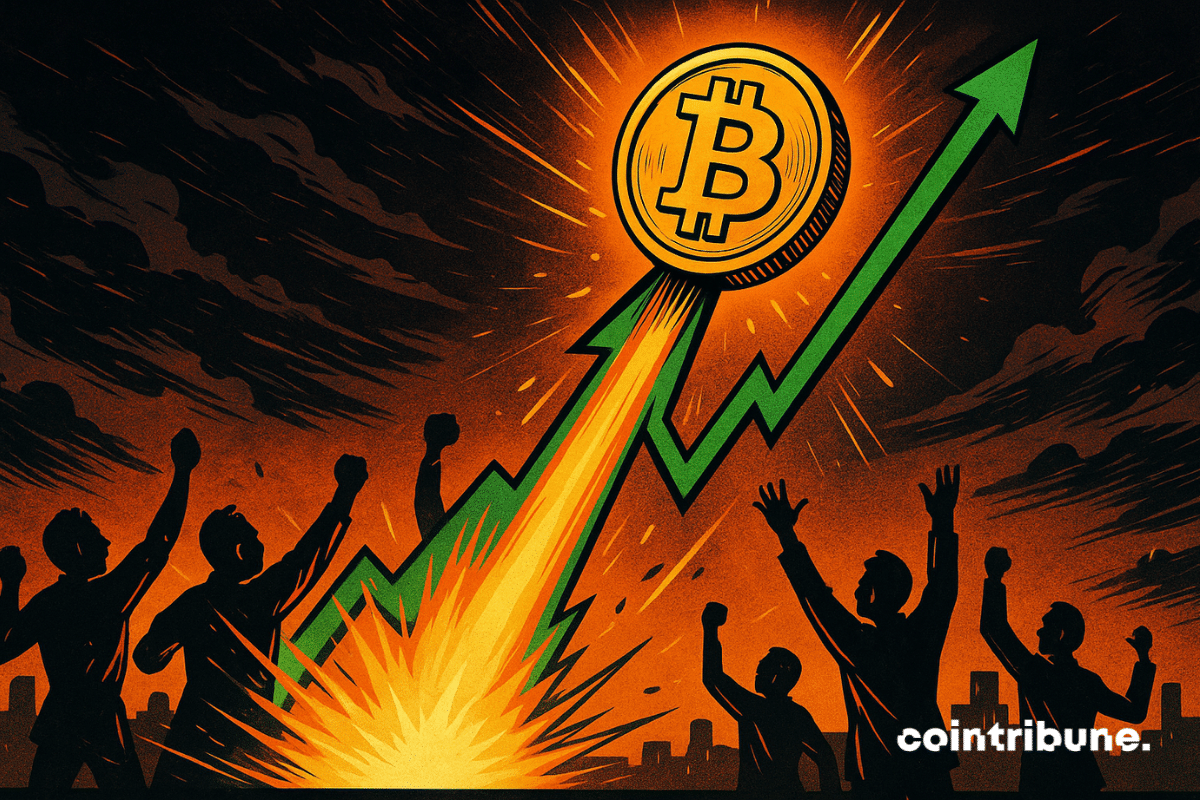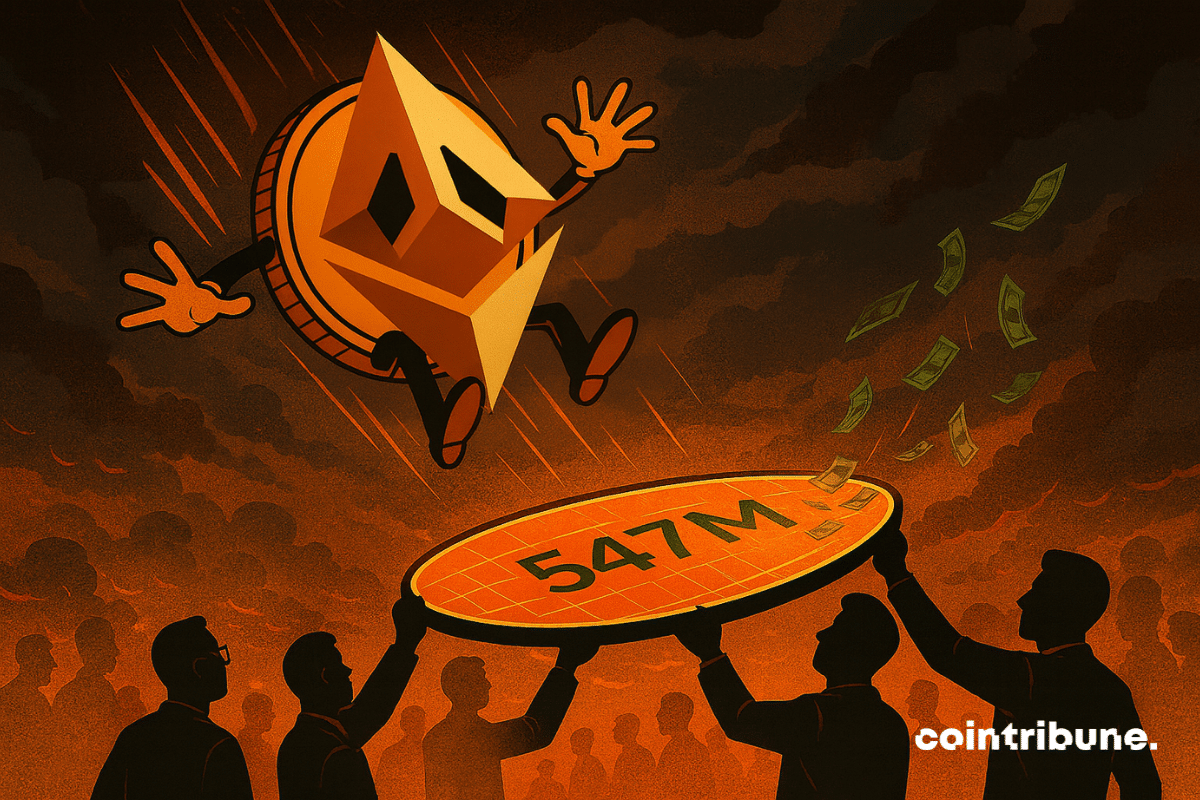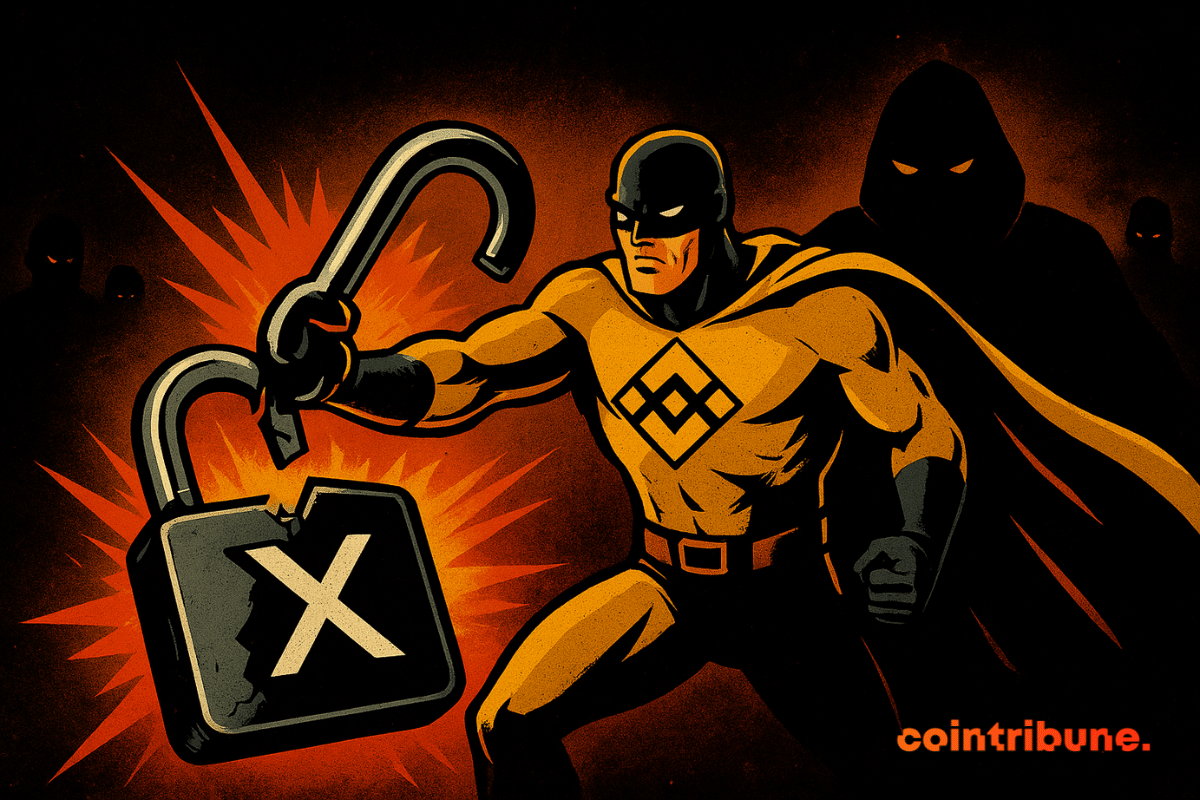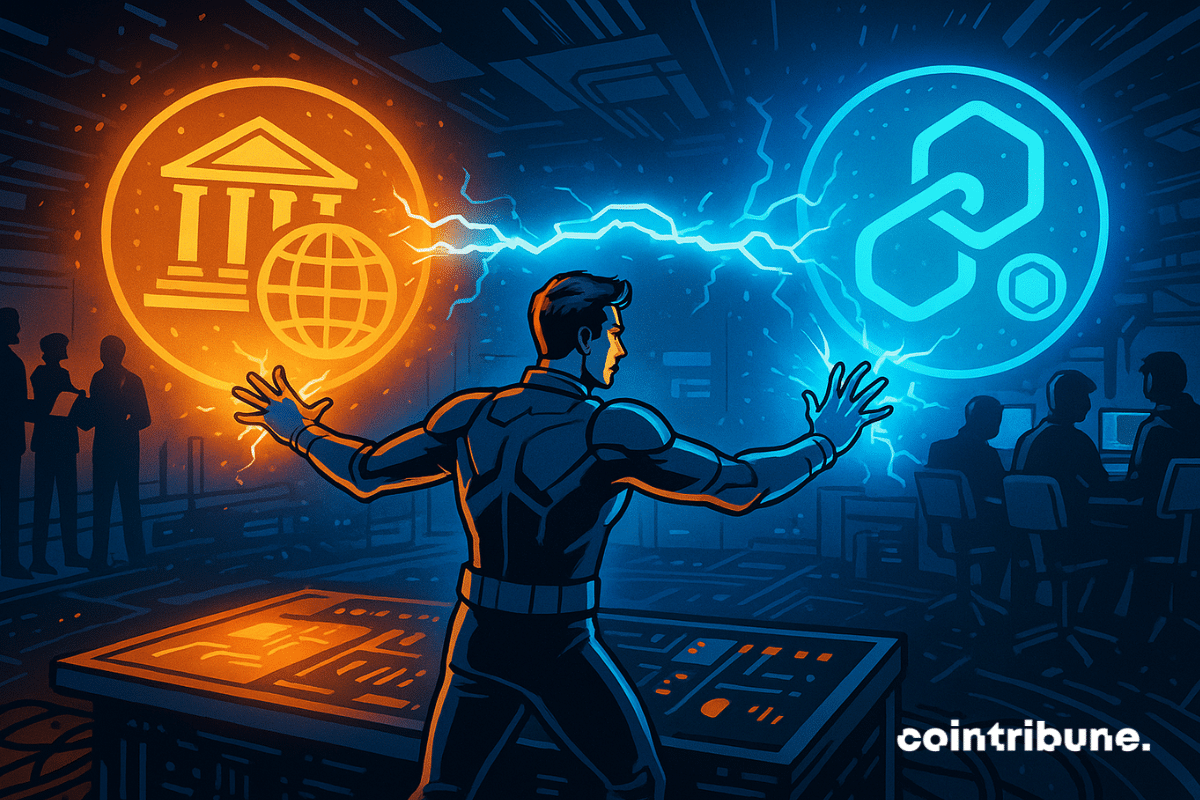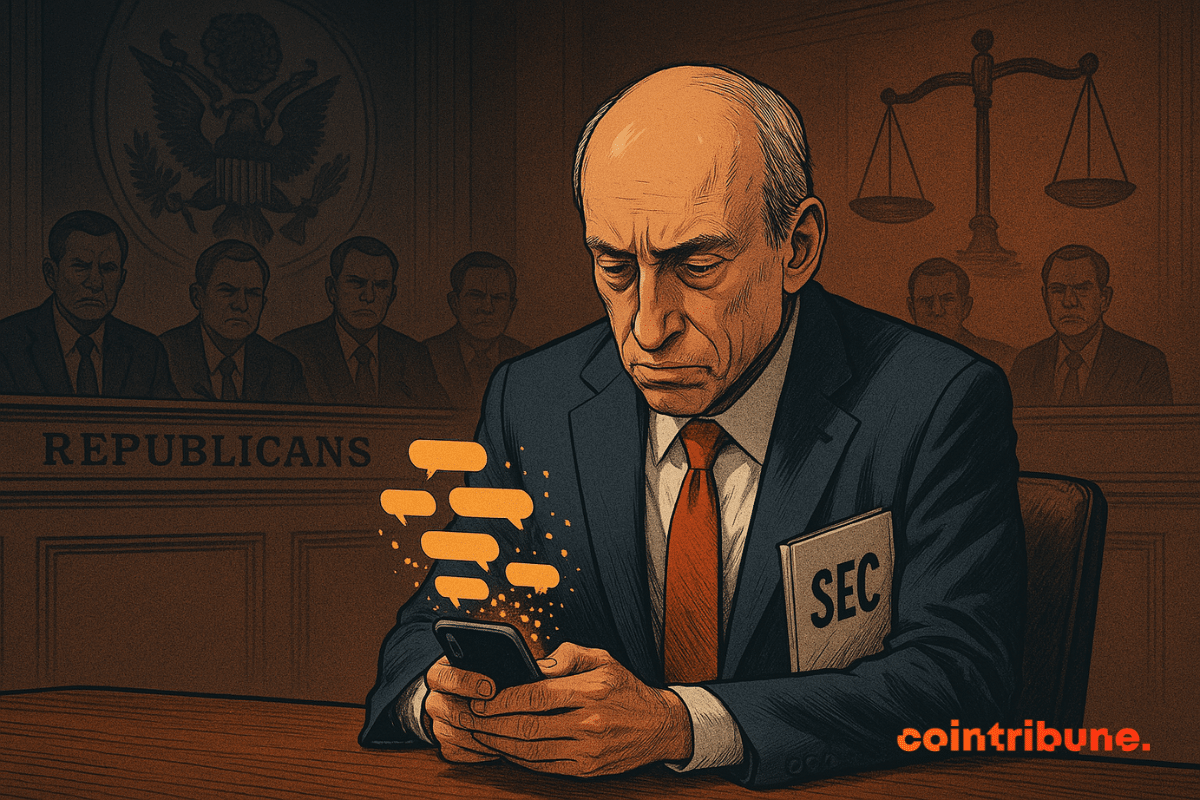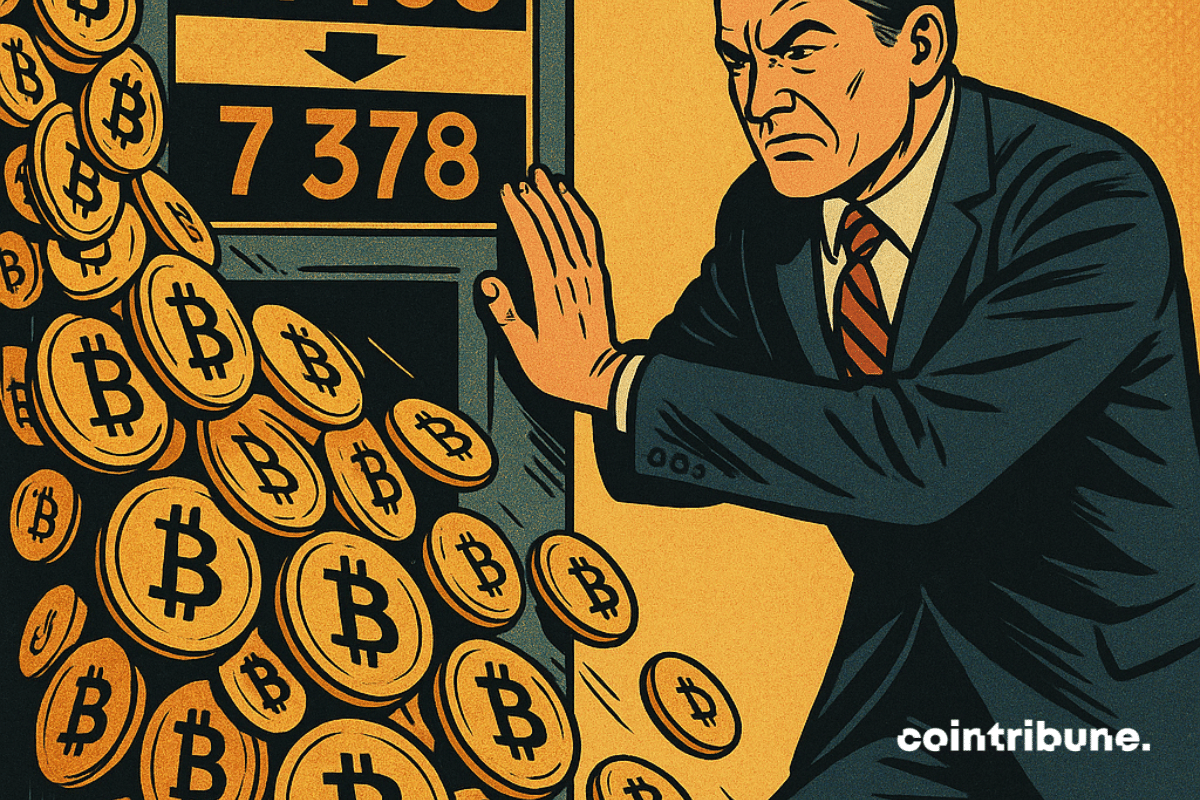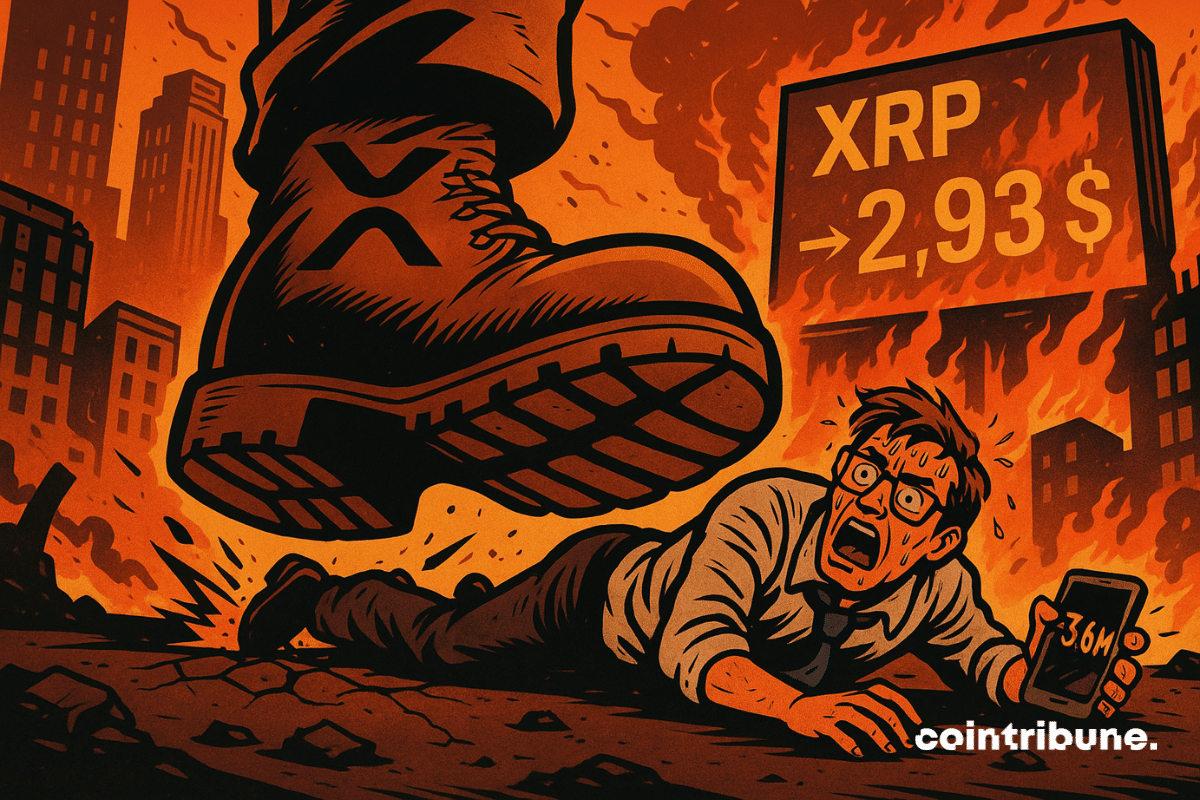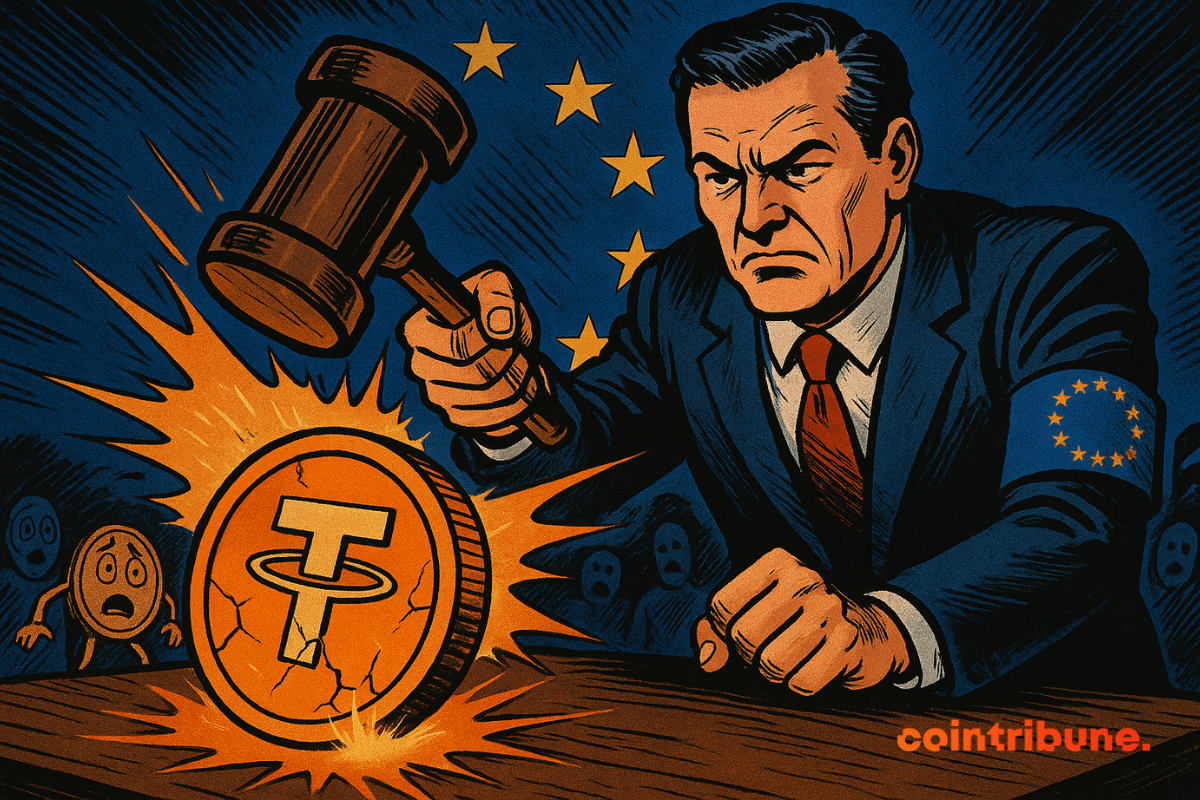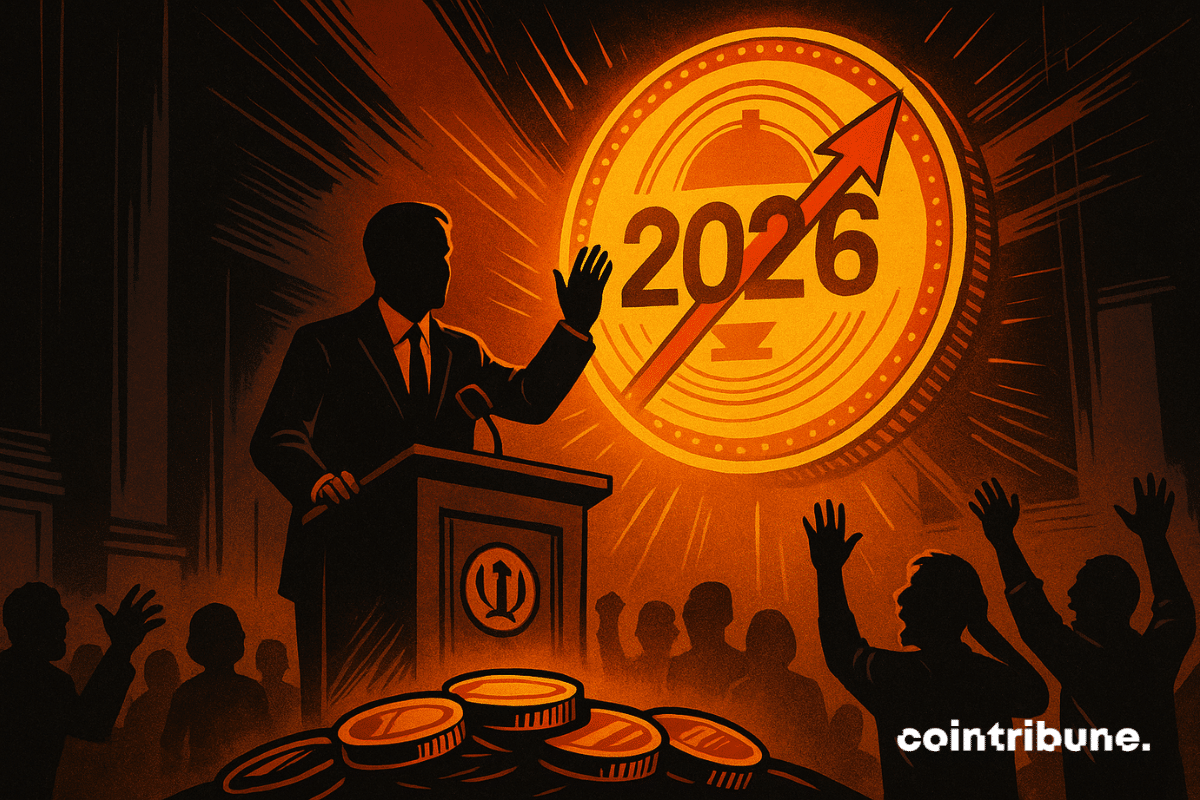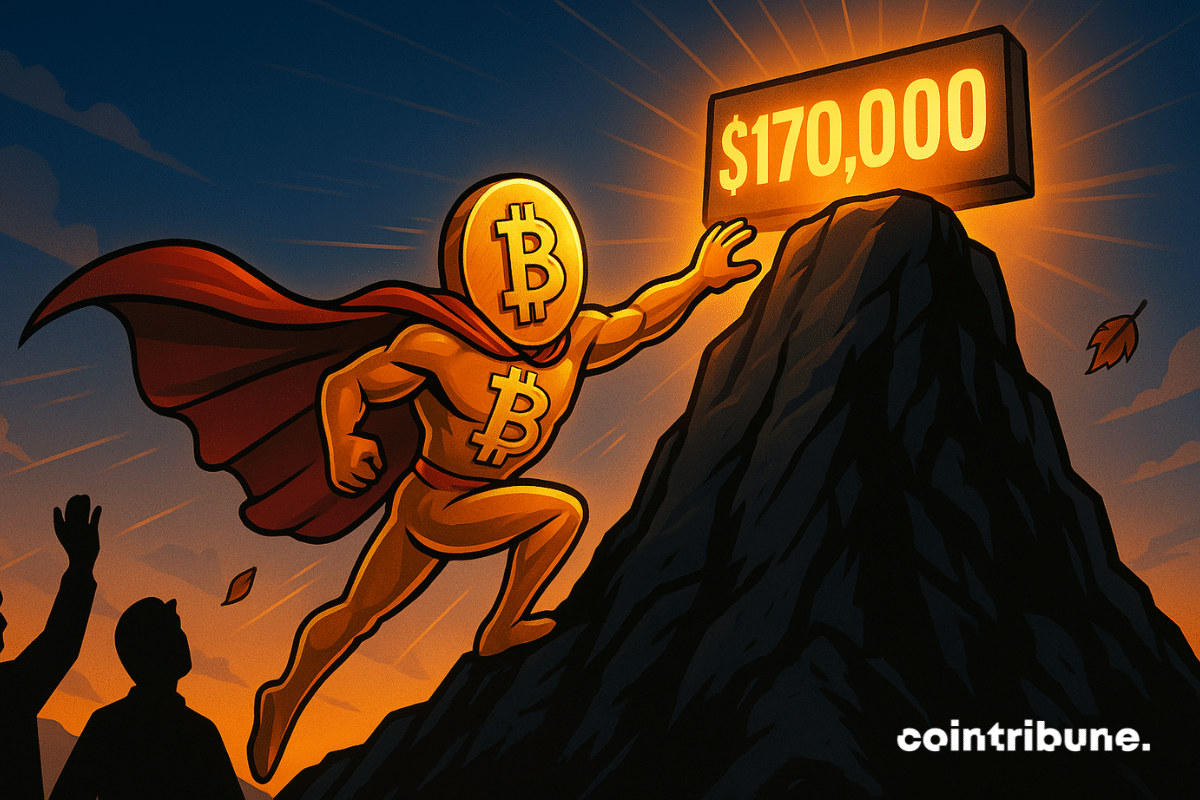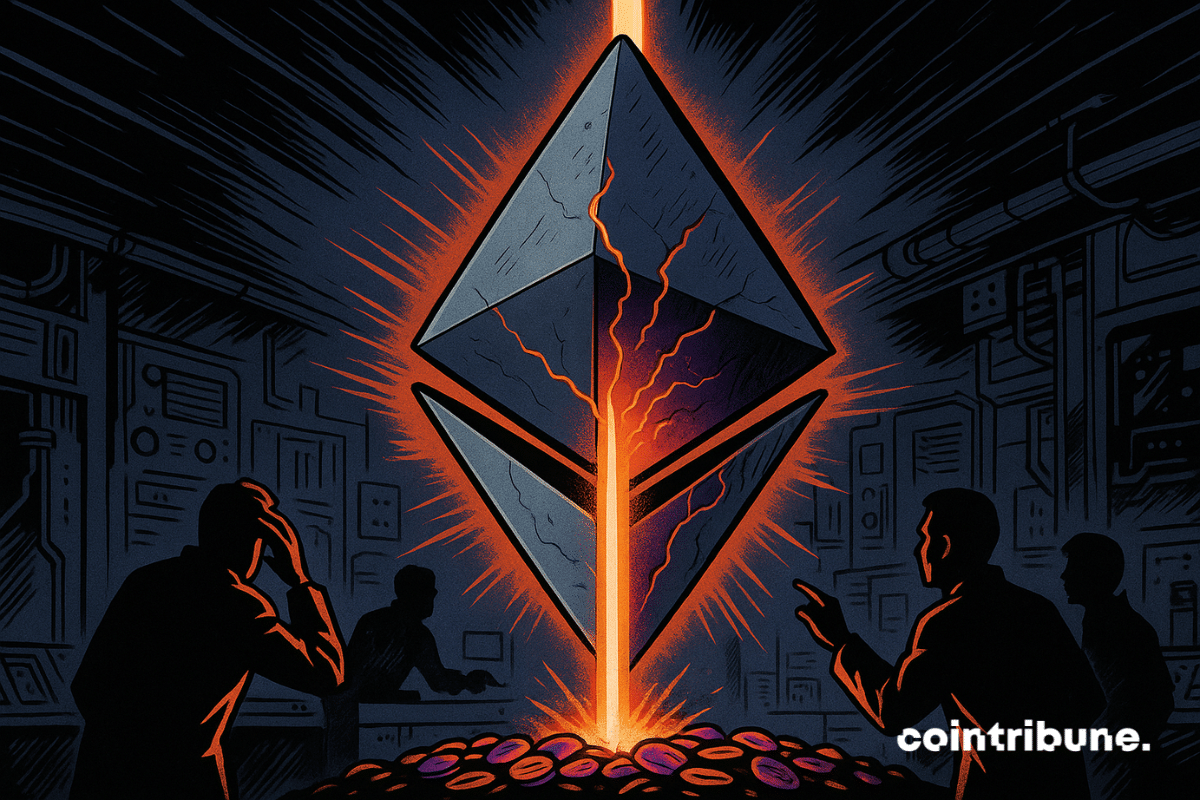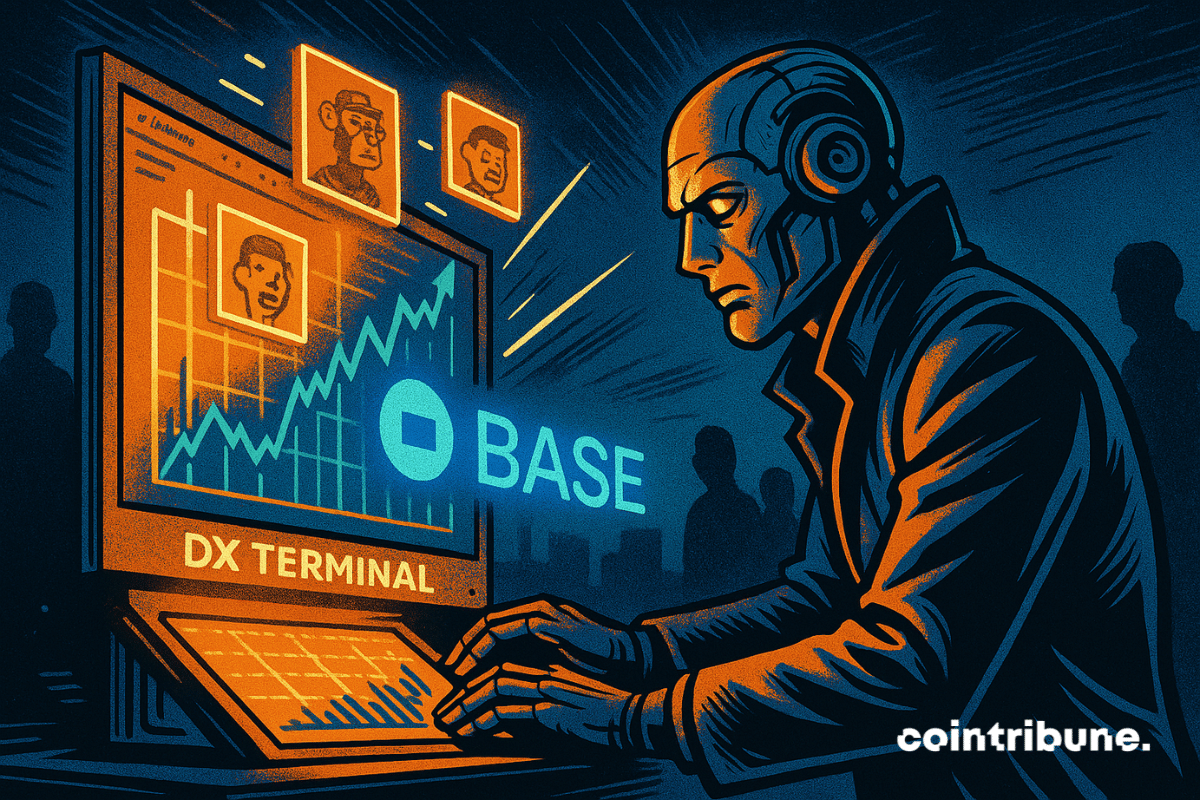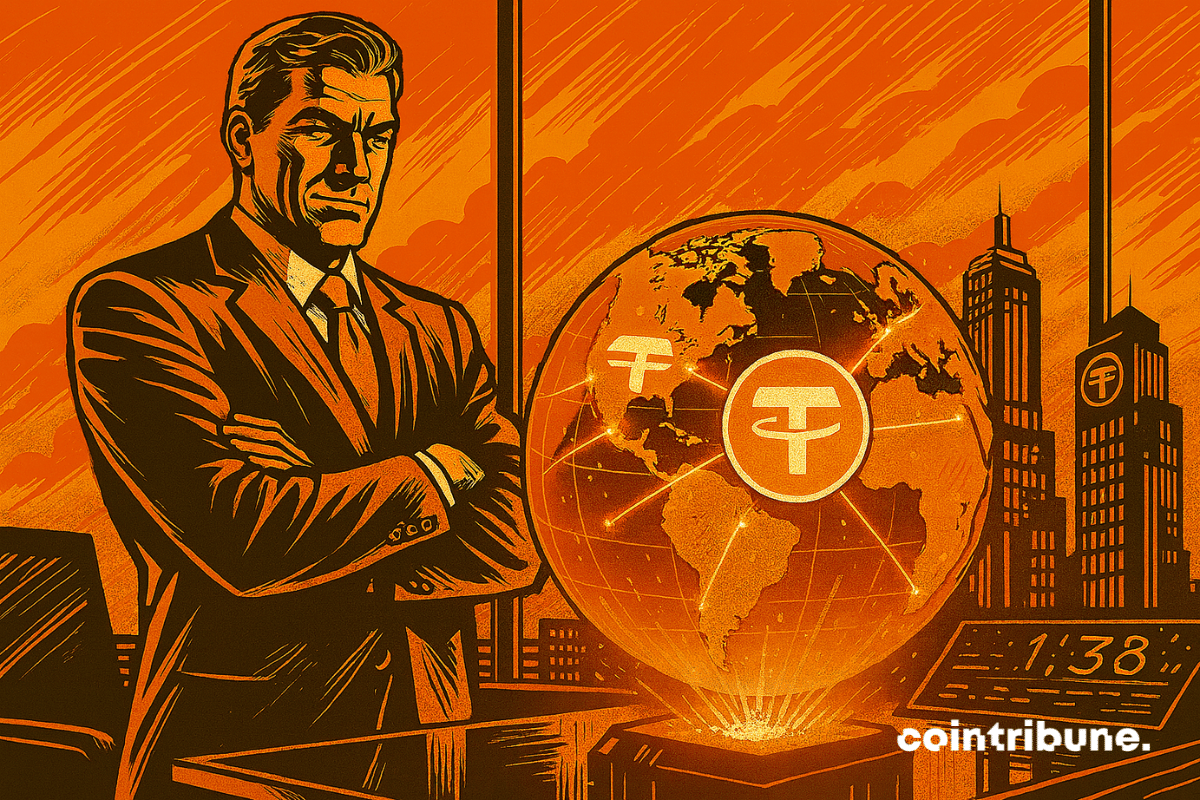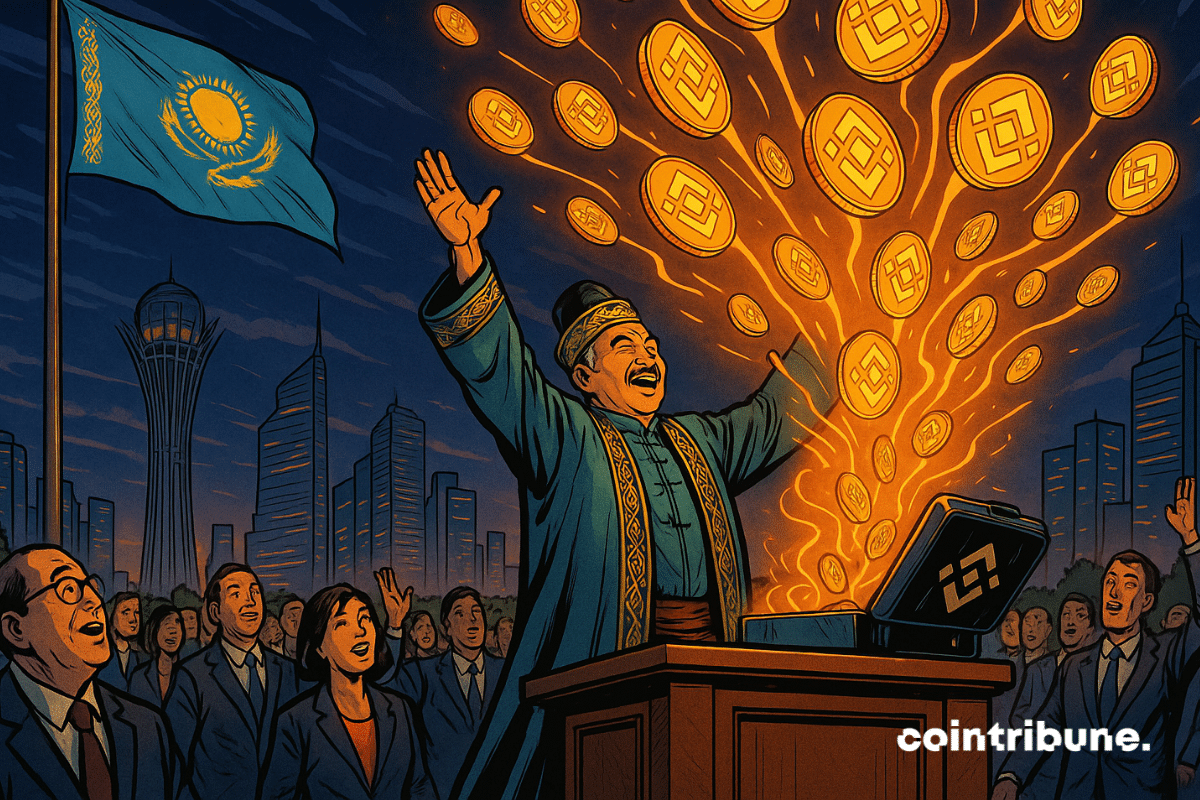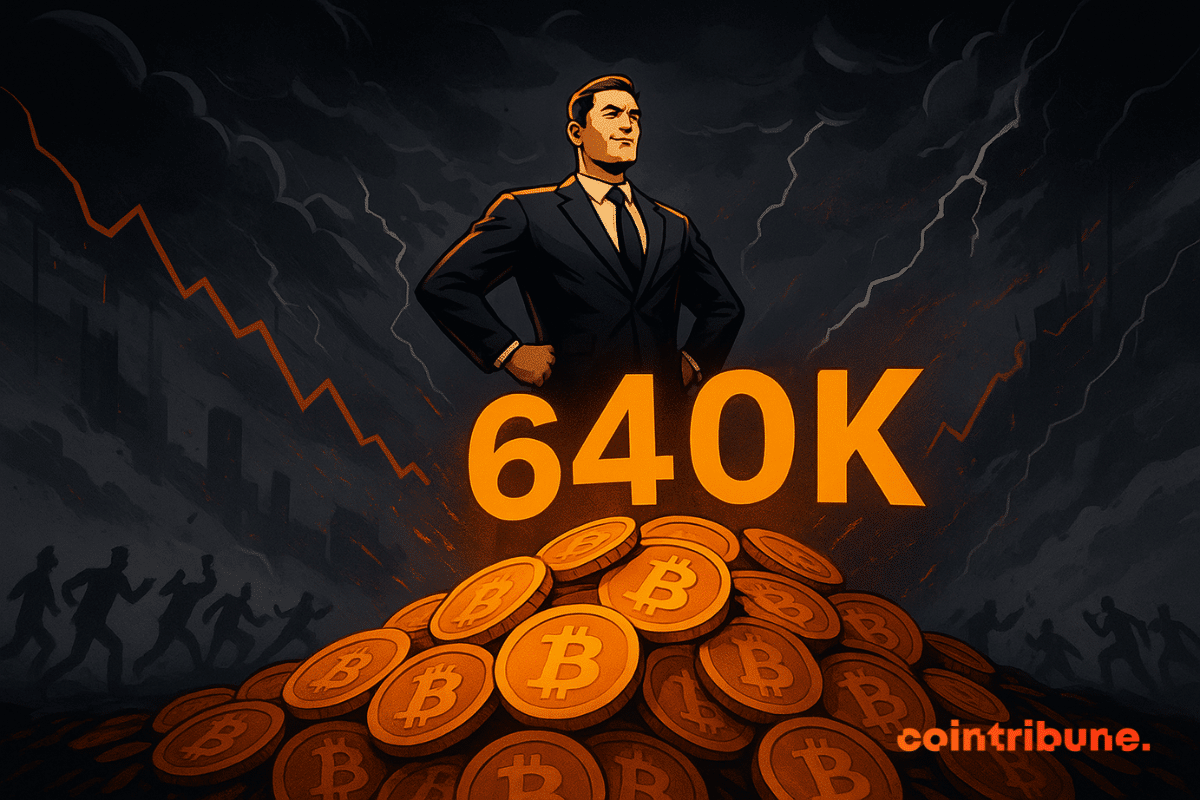Stablecoins had their busiest quarter ever in Q3 2025, with transaction volumes hitting record highs. However, a new report reveals that much of this activity came from bots rather than individual users. At the same time, small retail transfers surged to unprecedented levels, highlighting stablecoins’ dual role as a trading tool and an emerging option for everyday payments.
Getting informed
The XPL token from Plasma is going through a turbulent period. After a sharp drop in its price and a wave of rumors targeting its team, CEO Paul Faecks stepped forward to defend the project and try to reassure investors.
The Governor of the Bank of England, Andrew Bailey, emphasizes that stablecoins could play a key role in the transformation of the British monetary system. By stating that they can reduce the country's dependence on commercial banks, Bailey opens the way to a deep reflection on the future of money and credit in the United Kingdom.
The Treasury and IRS issued interim guidance on CAMT, revising rules to ease compliance and clarify treatment of digital assets.
At just 19 years old, Barron Trump already displays a fortune that surpasses that of his own mother. His secret? An early entry into the crypto world and a strategic role within World Liberty Financial. But how could such a young man accumulate such wealth in so little time?
At the beginning of October 2025, Bitcoin (BTC) confirms its resurgence as "digital gold". While the precious metal smashes its records at $3,895 an ounce, BTC soars and smashes through $118,000, rekindling a correlation that could well redefine global investment strategies. After months of divergence, the two assets finally move in concert... But why is this synchronization happening now, and what does it mean for the markets?
When London gets its hands on a treasure in bitcoin, it hesitates: justice for the victims or crypto jackpot for the Treasury? Who benefits from the digital crime?
Memecoins attract, but the profits escape those who buy them. According to a report by Galaxy Research, these tokens, booming on Solana, primarily benefit platforms and trading bots. Far from the community image they project, they feed a fast market where retail investors, often losers, serve a well-oiled industrial mechanism.
While the American economy wavers, bitcoin surprises with its unexpected strength. On October 2, the crypto nearly touched 119,451 dollars, reaching its highest level since mid-August. This surge, far from being anecdotal, fits into a tense macroeconomic context, marked by a deterioration in the job market. For investors, economic weaknesses fuel hopes for a monetary shift, giving momentum back to risky assets.
While the American administration is paralyzed by a new shutdown, the queen crypto offers an unexpected rebound, defying the ambient volatility. This gap between political chaos and crypto dynamism raises questions: are we witnessing a lasting shift? In a climate of mistrust towards institutions, decentralized assets could well benefit from this situation.
While Ethereum staggers, Wall Street joins the crypto party: ETFs galore, billions lurking, and a network that makes less noise, but more waves.
BNB Chain has restored control of its official X account after a phishing attack briefly misled users with fake reward links. Although limited in scale, the breach is the latest reminder of the growing threat of scams targeting crypto communities. Losses were contained, but the event comes amid a broader rise in phishing-related thefts across the industry.
Chainlink’s new framework connects SWIFT messaging to blockchain, allowing tokenised funds and corporate workflows to operate smoothly on-chain.
Republicans in the U.S. House of Representatives have launched an investigation into the disappearance of text messages from Gary Gensler, former head of the agency. These texts, deleted while he led the SEC, could contain sensitive exchanges related to prosecutions against the crypto industry.
After 13 years at Ripple, CTO David Schwartz is stepping down. He joins the board but remains influential in the crypto world. Details here!
September was a pivotal month for the crypto ecosystem. Bitcoin declined despite MicroStrategy's continuous accumulation. Meanwhile, stablecoins reached new highs, reinforcing their central role in the markets. Finally, the number of crypto millionaires hit a record, signaling adoption that remains strong.
When crypto goes up, he goes down. @qwatio, a relentless speculator, burns millions on XRP… and could well blow up at the next green candle. What are we waiting for to stop him?
When Christine Lagarde brings down the regulatory hammer, even the crypto giants tremble. The digital euro advances masked but clearly targets stablecoins too comfortable in Europe...
The prospect of increasing the flat tax resurfaces in budget discussions. Ahead of the 2026 finance bill, Bercy would consider raising the single flat tax, set since 2018 at 30%. No decision has been made yet, but the return of this measure, long considered a fiscal marker of Macronism, is already causing tensions. In a context of structural deficit and revenue pressures, the stability of the savings tax framework could be called into question.
Strasbourg could soon become the first major French city to adopt a municipal crypto. What was yesterday reserved for Web3 activist circles is now entering the local public debate. The City Council has adopted an unprecedented motion: to study the feasibility of a local digital currency. The goal is to explore new economic, social, and technological avenues. An unprecedented initiative for a major French metropolis, which explores digital levers serving the local economy and citizen participation.
Bitcoin is about to close September with a gain of 4.5%, a rare performance that historically precedes spectacular year-end rallies. On-chain data also confirms increased demand, notably driven by American investors. Will this historic setup be enough to propel BTC to $170,000 by December?
What if technology is no longer enough? Despite its technical lead, Ethereum falters, not on its foundations, but on its narrative. This is the troubling finding of "Project Mirror," a study commissioned by the Ethereum Foundation, which reveals a deep unease: without a clear vision or mobilizing narrative, the network loses momentum, attractiveness, and coherence. Behind the promises of Web3, a perception crisis is settling in.
Bitcoin consolidates above 100,000 dollars, driven by institutions and the anticipation of the outcome of the "BITCOIN Act."
The possibility of a U.S. government shutdown is dominating prediction markets, with traders betting heavily on the outcome. Platforms like Kalshi and Polymarket show a strong consensus that negotiations in Washington are unlikely to deliver a deal in time. Rising volumes and market probabilities above 85% suggest that participants see a shutdown as the most likely outcome.
In September, the Base network (Coinbase's Ethereum solution) made an unexpected breakthrough in the NFT universe. Fueled by the game DX Terminal, the ecosystem surpassed its rivals in number of sales. A sign that a mix of creativity, AI and fun can awaken a market generally losing momentum.
Tether is on a trajectory that could elevate it to become the most profitable crypto company in history. All the details here!
Massachusetts lawmakers will soon consider whether the state should create a Bitcoin reserve. A bill introduced earlier this year calls for using state funds and seized crypto assets to build a strategic stockpile. The proposal comes as several U.S. states weigh similar measures, with mixed results across the country.
E-commerce has just reached a new milestone. With the integration of instant purchase in ChatGPT, OpenAI transforms its chatbot into a true conversational commerce interface. An evolution that could disrupt consumer habits and reshape the strategy of major online platforms.
Kazakhstan launches the Alem Crypto Fund to build a government-backed digital asset reserve, starting with BNB.
Bitcoin’s price swings have not deterred Michael Saylor’s Strategy Inc., which continues to increase its position, adding millions in Bitcoin despite market pressures. Strategy remains the largest public holder of the firstborn crypto, and its steady buying strategy keeps drawing attention from both investors and analysts.

